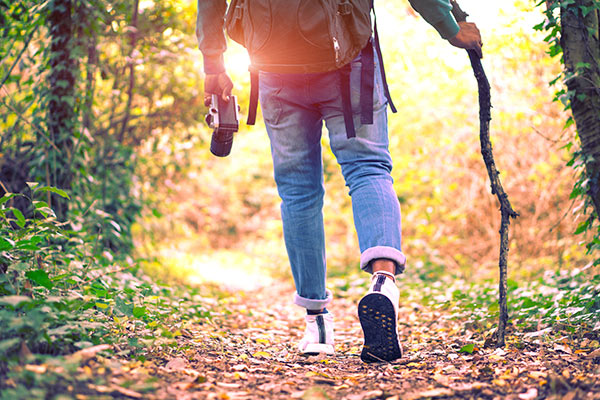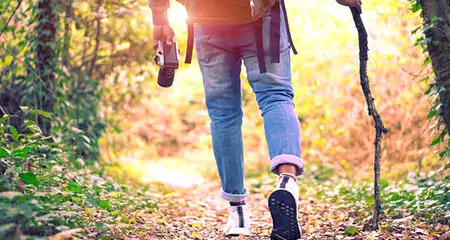Going on your life’s first-ever trekking trip may sound like any other getaway, but this often turns into a nightmare due to lack of proper planning. Adrenaline rush, pollution-free air, magnificent hills and a less-trodden path are what make trekking an unforgettable experience. However, if you are not sufficiently prepared, then there are chances that either you will get exhausted by dragging unnecessary items in your luggage or end up in the midst of poisonous (or maybe not) spiders.
Fret not! We have carefully compiled a trekking guide for beginners to make sure that you stay safe & enjoy your first trekking trip to the fullest. So, keep scrolling and begin your preparations for an amazing trip into the woods:
1. Planning
One of the foremost and most important parts of going on any vacation is planning. If your planning is inappropriate or insufficient then you may face unwanted situations. Especially while going on a trek, planning is immensely important for a safe and hassle-free experience. Given below are some steps that will make you a proficient trekker:
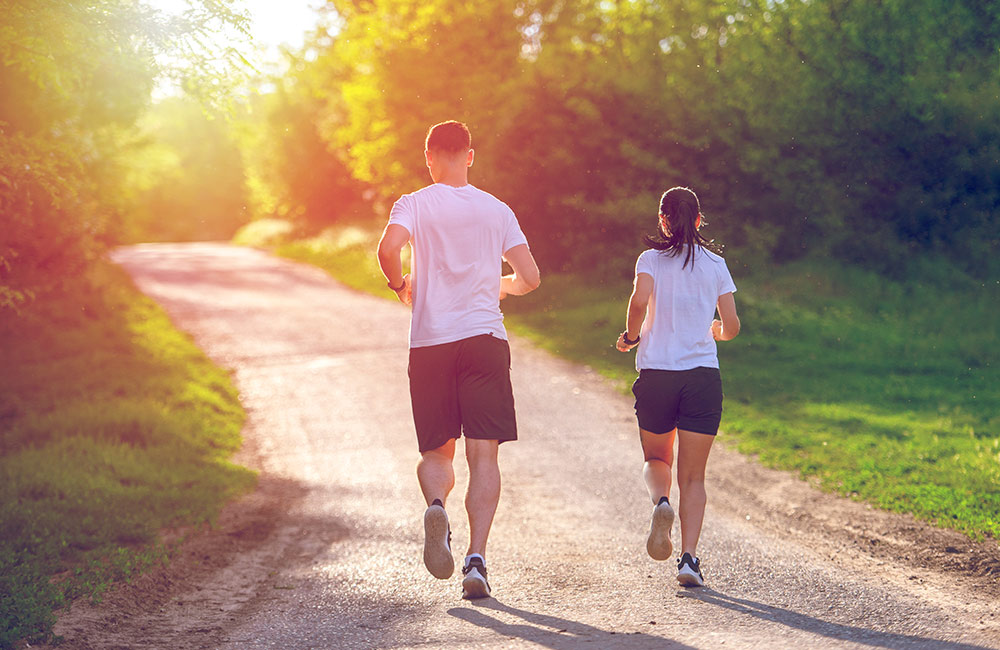
Planning | #1 of 4 Best Beginners Trekking Guide
- If you are a first-timer and have minimal (or no) experience of trekking then you must opt for a smaller trek, not too far from civilisation. Doing this will lessen your chances of being stuck into the woods and as this is your first such trip, you do not want to end up at an isolated place.
- The main purpose behind risking your own life into the woods is to connect with nature, breath fresh air and escape the chaos of urbanisation. Therefore, you must make sure that you do sufficient research about the location, its surroundings and weather (at the time of your visit). Once you decide on a certain location for your trek, your task is to gain as much knowledge as possible including the regional laws, customs and its flora and fauna.
- Trekking is nothing but a test of your physical abilities. Every proficient trekker should have courage, perseverance and great stamina. And for great stamina, you have to prepare your body. A minimum 2 weeks before your trip, plan a workout regime and start following a strict diet that is rich in proteins and low on fat. Eat right and choose a suitable workout plan for getting into the perfect shape for climbing the hills.
- The final step of planning is to make a packing list that includes your clothes, belongings and other trekking essentials. If you do not have a packing list then either you will overpack or left behind an important article without which your survival in the wilderness will get difficult.
2. Safety Measures
As mentioned above, trekking can also prove to be fatal if not planned and executed properly. Here are some tips that are to be followed for staying safe during your trekking trip:
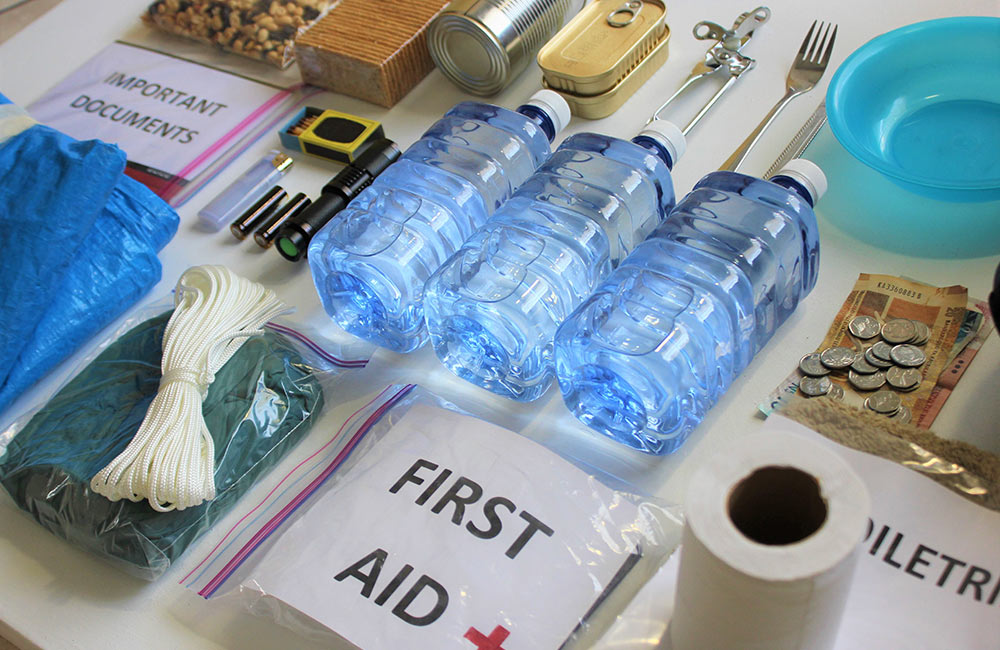
Safety Measures | #2 of 4 Best Beginners Trekking Guide
- If you are planning to go on a trek then you must find a suitable and experienced partner who can assist you through rough trails. You can also opt to join a group if you do not have a trek-buddy for lowering your risks.
- Losing the track of directions while wandering into the wilderness is not uncommon. Electronic gadgets often fail to perform into the wild due to no Wi-Fi or charging sockets. Therefore, make sure that you always carry a map of the trail and its surroundings to avoid losing the track of direction.
- Always make it a point to carry a basic first-aid kit on your trip. Staying prepared for the worst to come will help you in staying fit and healthy during the trek. From mild headache to allergy and other infections, a med-kit with basic ointments and medicines will come handy in treating every possible ailment.
- Going on a trail means boycotting self from civilisation and materialistic pleasures which means no more fine dining, takeaways or confectionaries. Therefore, always carry an emergency stash of food items that stay fresh for long like protein bars, dry fruits, candies, fried snacks, instant noodles and energy drinks.
- One of the biggest problems faced on trekking is blisters; especially, if your trekking boots are new. The best way to deal with painful blisters is to cover the affected area with an antiseptic-soaked cotton ball and some duct tape for sealing it. Industrial grade adhesive will help the cotton ball to remain at one place even during rigorous physical activity.
3. Gather Essentials
Till now, you might’ve got an idea about the importance of your gear for a hassle-free trekking trip. And hence, it is very important to pack accordingly. Given below are some quick points to help you pack proficiently:
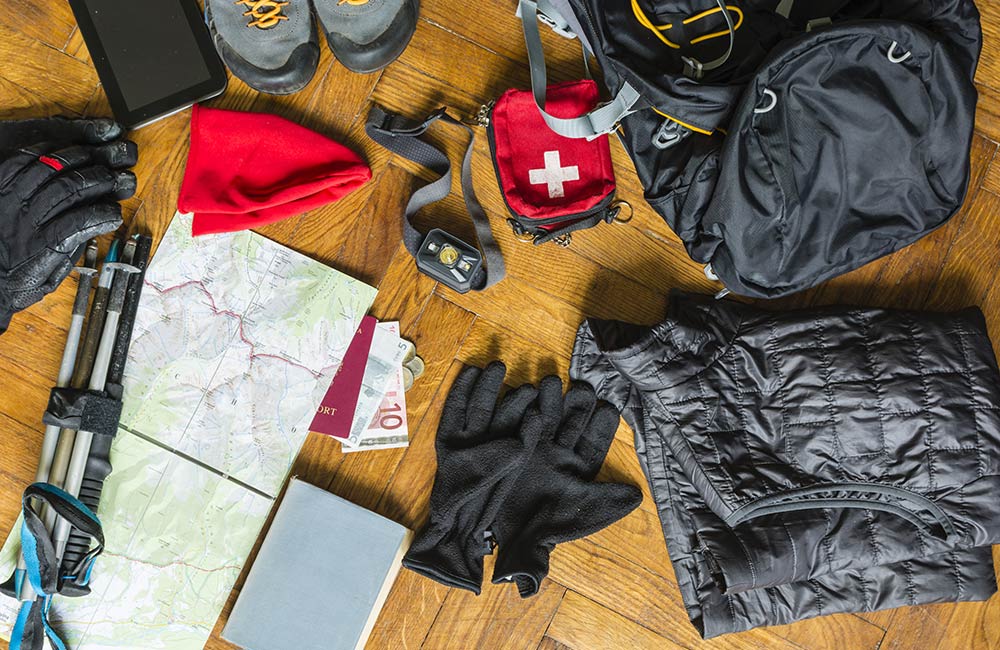
Gather Essentials | #3 of 4 Best Beginners Trekking Guide
- When going into the wilderness, you must avoid wearing cotton clothes. It is known that cotton absorbs moisture and gets infected in a very short span of time (if not washed regularly). Choose a synthetic and breathable material which are specifically designed for adventure activities.
- Whether you are going into the hills or exploring an unexplored jungle, you must opt for a waterproof backpack that will keep your clothes and gears dry; wet clothes increase the chances of falling ill or catching hypothermia. Also, placing an empty trash bag inside your bag before keeping your belongings, will add an extra layer of protection to your goods.
- While packing make sure that the least required items are placed at the bottom of your backpack, followed by the increasing order of your priorities (with water bottle and compass at the most easily approachable slot/pocket). Doing this will reduce the hassle of unpacking while reaching out for your things.
4. Smart Tips
Now that you are nearly prepared for your first trekking trip, here are a few more things to keep in mind:
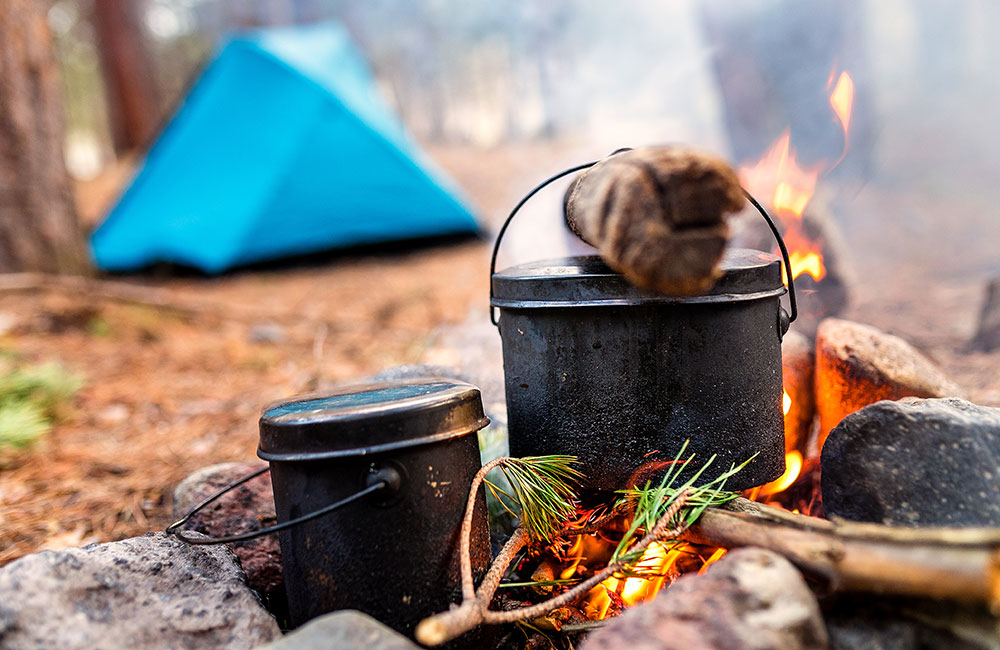
Smart Tips | #4 of 4 Best Beginners Trekking Guide
- Opt for light-weight clothes, boots and backpack. It is often observed that people buy cheap gears which are less durable and heavier than the genuine products which must not be the case. Always keep in mind that the lighter your backpack and gear is, the better will be your chances of surviving the trek.
- Always carry a few portable fire-makers (or make some by dipping cotton balls in Vaseline or oil). It often gets tricky to light a fire into the wild with a flickering Zippo lighter.
- Practice packing and unpacking your backpack at home so that you eliminate the obvious flaws in your packing strategy. And remember, that the end goal is to carry all the items of your ‘packing list’ in a way that every essential item is easily approachable and firmly packed into the bag.
- You may find it hard to find drinkable water. Hence, bring a portable water-purifier for staying fit and hydrated during your trek.
- Trekking involves a lot of strength hence, it is very important to take proper care of your body. Therefore, you must stay hydrated always and consume small meals frequently during the trek. The trick is quite simple; take a 10-minute break after every hour of trekking and utilise this time slot for nourishing your body.
- A tent and sleeping bag are two of the most important gears for trekking. Therefore, do not forget to buy/rent a light-weight tent and an adequate sleeping bag before your departure. Also, you must practice setting up a tent for ensuring a comfortable stay in the wild.
- Trekkers often forget the main goal behind such trips; cherishing the fruits of nature (WITHOUT HAMPERING IT). So, please prevent any form of loitering on the trail. Also, feeding wild animals may not be a good plan.
In the end, be open for adventures as a brave adventure enthusiast once said, “He who climbs upon the highest mountains laughs at all tragedies, real or imaginary”. Follow and share this comprehensive trekking guide for ensuring an unforgettable experience into the woods.


